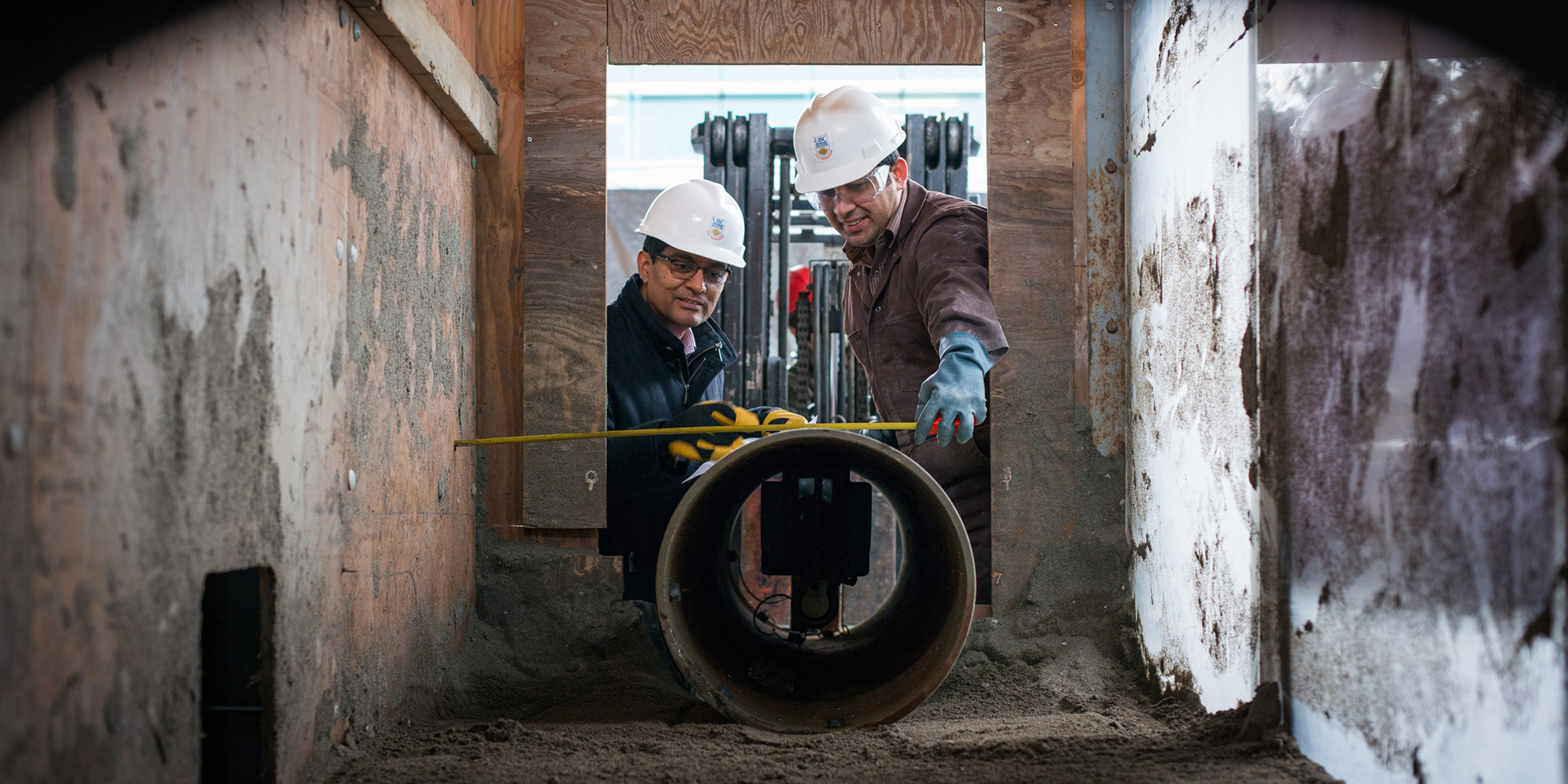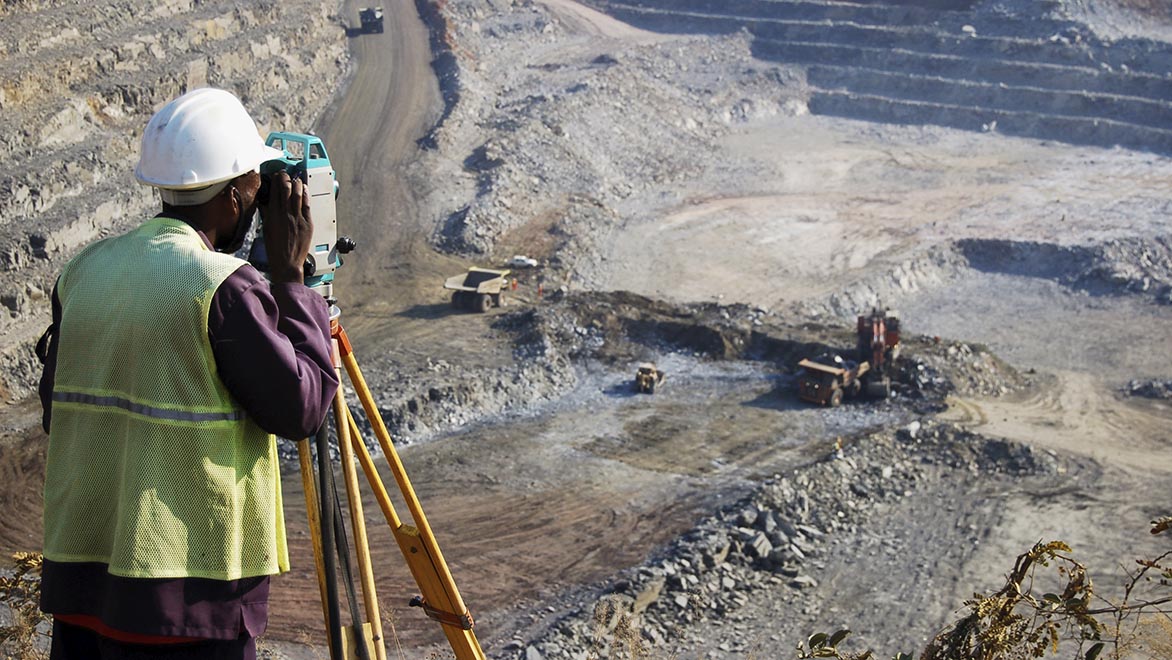The Crucial Contributions of Geotechnical Engineers in Evaluating Soil Behavior and Structure Layout for Sustainable Infrastructure Development
Geotechnical engineers serve as a foundation in the world of sustainable framework growth, where their proficiency in analyzing dirt habits straight influences the safety and long life of structures. By utilizing innovative techniques such as Conventional Penetration Tests and Cone Infiltration Testing, they carefully review dirt buildings, leading to educated choices on foundation design.
Role of Geotechnical Engineers

In addition to site investigations, geotechnical designers evaluate possible risks such as dirt liquefaction, incline stability, and groundwater problems. They use sophisticated engineering concepts to create remedies that minimize these risks, making sure that layouts adhere to relevant codes and requirements. Their job often includes collaboration with other engineering techniques, designers, and environmental researchers to develop integrated strategies to framework development.
Additionally, geotechnical engineers add to sustainable techniques by promoting the usage of materials and methods that minimize environmental influence. Through their detailed understanding of soil auto mechanics and geology, they play an important role in fostering secure, resistant, and sustainable infrastructure that meets the requirements of society while protecting the atmosphere.
Dirt Behavior Evaluation Strategies
Understanding soil actions is basic to notified decision-making in geotechnical engineering, as it straight affects the style and building processes. Numerous assessment methods are utilized to evaluate dirt residential properties, ensuring exact forecasts of its efficiency under different loading conditions.
One key technique is the Common Penetration Examination (SPT), which offers insights right into dirt thickness and consistency via the resistance experienced throughout infiltration. Cone Infiltration Screening (CPT) supplies a continuous account of soil stratification and in-situ strength criteria, enabling an extra comprehensive understanding of subsurface conditions.
Laboratory tests, such as Atterberg limits, unconfined compressive stamina, and triaxial tests, are vital for defining soil habits under controlled problems. These tests facilitate the resolution of important specifications, including shear stamina, permeability, and compressibility.

Foundation Layout Principles
Structure style concepts are critical for making sure the security and long life of structures, as they determine just how tons are transferred from the superstructure to the underlying soil. These principles include numerous considerations, including load-bearing ability, negotiation, and lateral security. A thorough understanding of dirt mechanics is important for geotechnical designers to examine the communication between the structure and the soil.
One secret concept is the appropriate selection of foundation type, which might include superficial structures, such as spread grounds, or deep foundations, like caissons or heaps, depending upon dirt conditions and structural lots - geotechnical industry. The structure should be made to reduce differential settlement, which Find Out More can lead to structural damage

Sustainable Facilities Practices
Exactly how can we successfully integrate sustainability right into framework techniques? Lasting framework methods begin with comprehensive website assessments, which examine soil actions, regional ecological communities, and source accessibility.
Furthermore, employing innovative building methods, such as using recycled products and low-impact structures, significantly lowers the carbon impact of facilities tasks. Geotechnical engineers play an essential role in selecting proper products that enhance durability and sustainability, such as making use of geo-synthetics to enhance dirt security and lower disintegration.
In enhancement, sustainable framework techniques call for ongoing monitoring and maintenance to make certain that frameworks stay resilient over time. Ultimately, these methods not just add to the longevity of frameworks but additionally promote a much healthier environment, aligning facilities development with wider sustainability objectives.
Case Researches and Applications
Study in geotechnical engineering supply beneficial insights right into the useful applications of dirt habits and sustainable framework practices. One remarkable instance is the building of the Burj Khalifa in Dubai, where comprehensive dirt screening and evaluation were carried out to review the special obstacles postured by the region's loose sand and high water table. Geotechnical engineers utilized progressed techniques such as vibrant penetrating and cone penetration testing to figure out the dirt's load-bearing capability, inevitably resulting in the style of a deep structure system that sustains this famous structure.
Another important instance is the removal of the San Francisco-Oakland Bay Bridge after the 1989 Loma Prieta earthquake. Geotechnical assessments exposed the need for dirt stabilization strategies, consisting of grouting and soil nailing, to enhance the seismic resilience of the structure. These treatments not only enhanced the bridge's safety and security yet also added to its longevity and sustainability.
Such study exemplify how geotechnical engineers play an essential browse around here duty in recognizing dirt behavior and news applying innovative services to make certain the structural stability and sustainability of infrastructure projects. civil consulting engineers. Their knowledge is important in resolving the complex challenges posed by different dirt conditions throughout diverse geographic places
Final Thought
To conclude, the contributions of geotechnical engineers are essential for the analysis of dirt behavior and the layout of foundations, which are vital for sustainable facilities advancement. Via the application of advanced testing techniques and innovative materials, these professionals make sure the security and safety and security of frameworks while minimizing environmental effects. The combination of lasting practices promotes strength in facilities jobs, highlighting the relevance of collaboration amongst stakeholders to achieve efficient building solutions that fulfill both ecological and social needs.
Geotechnical designers offer as a keystone in the world of sustainable infrastructure growth, where their know-how in evaluating dirt habits straight affects the safety and security and durability of frameworks.Geotechnical engineers play a vital function in the layout and construction of infrastructure by examining dirt and rock habits to make certain stability and safety. An extensive understanding of dirt mechanics is essential for geotechnical designers to assess the communication between the soil and the structure.
Geotechnical assessments disclosed the requirement for soil stabilization strategies, including grouting and dirt nailing, to boost the seismic strength of the foundation.In final thought, the contributions of geotechnical engineers are essential for the assessment of soil behavior and the layout of foundations, which are important for lasting facilities growth.
Comments on “The Impact of New Technologies on the Geotechnical Industry”